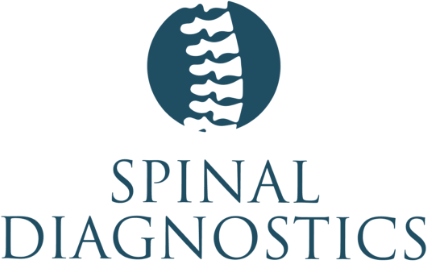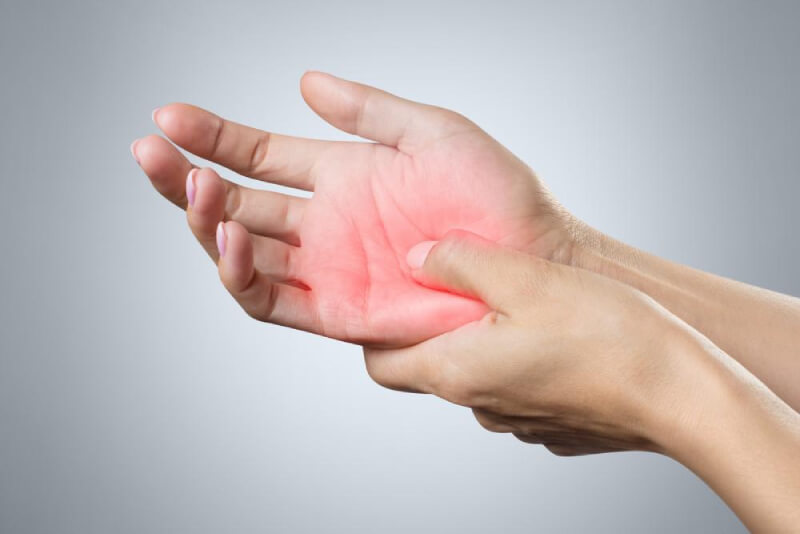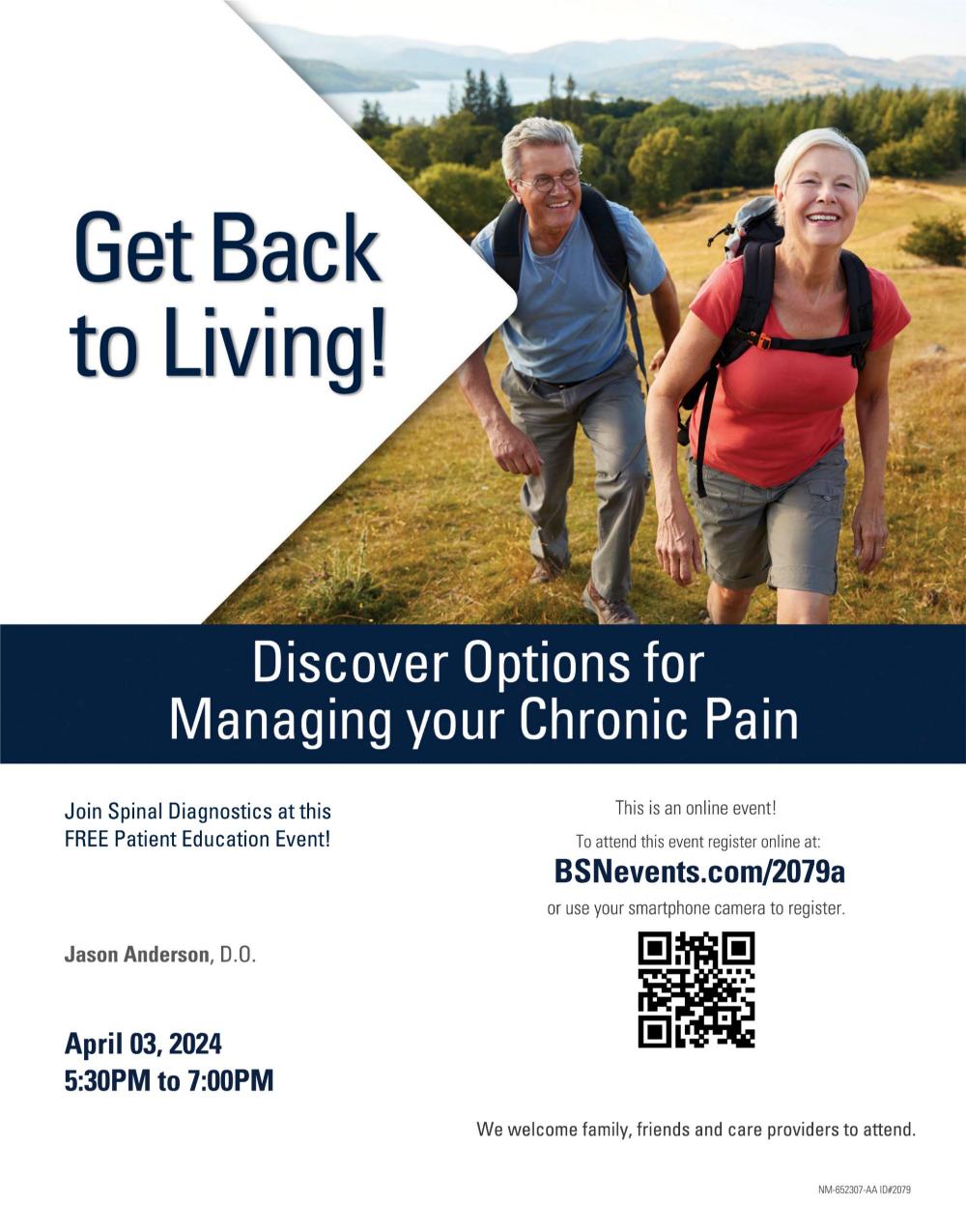According to the Centers for Disease Control (CDC), about 20% of adults in the United States suffer from chronic pain, and 8% have high-impact chronic pain. If you’re suffering from severe, chronic neuropathy that’s compromised your quality of life, you may have tried multiple treatments to control your pain in attempts to get back to your normal activities.
If you still haven’t found relief, or if you’re considering surgery to end your pain, our pain experts at Spinal Diagnostics in Tualatin and Newberg, Oregon, may recommend state-of-the-art dorsal root ganglion (DRG) stimulation. This innovative therapy could work for you even if you have complex regional pain syndrome (CRPS) or other severe forms of neuropathic pain, including hypersensitivity.
You may find relief from pain with DRG stimulation if you have chronic:
- Back pain
- Chest pain
- Abdominal pain
- Limb pain
DRG stimulation can even stop pain that’s spread over wide areas, such as pain that originated in your foot but which has now traveled up into your leg, too.
The dorsal root ganglia are bulging structures filled with thousands of cell bodies and neurons that connect the peripheral nerves to the spinal cord. Each dorsal root ganglion is several millimeters long and is located in the spine’s epidural space. Every vertebra on your spine has two DRGs.
Doctors used to think that the DRG were passive receptors of nerve sensations. Now they know that the dorsal root ganglia process the sensations that come from the peripheral nerves before passing them on to the spinal cord and brain. If the DRG didn’t send the pain on to your brain, you wouldn’t feel it.
In chronic pain states, the cell bodies in the DRGs become hyper-excited, and cause your neurons to fire abnormally, which is why you may feel pain even from the slightest touch of a bed sheet. When you stimulate the DRG with electricity, however, the impulses calm the over-excited cell bodies and change the way you feel pain.
Researchers developed DRG stimulation to calm hyper-excited cell bodies and stop pain sensations before they reach your brain. Patients who’ve received DRG stimulation experience anywhere from 50% to 100% pain relief and improved quality of life.
If you’re a candidate for DRG stimulation, you undergo a minimally invasive procedure in which we implant up to four electrical leads near the targeted DRG. The leads are connected to a pulse generator that we place near your buttocks or abdomen for a trial period of 7-10 days.
The pulse generator sends electrical impulses through the leads into the DRG. The impulses calm the cell bodies and cancel the pain signals, so they don’t pass into your spinal cord or up to your brain. If the trial is successful, you either don’t feel pain anymore, or you experience relief that’s significant enough to improve your quality of life.
After a successful trial, we then implant the pulse generator underneath your skin. The procedure only takes between 1-2 hours.
Because the DRG is a large structure, targeting it can cancel signals from multiple nerves.
The DRG is also surrounded by just a thin layer of cerebrospinal fluid (CSF), which prevents the pulse generator’s electrical signals from traveling to other areas of your body and creating unwanted sensations. The CSF is completely contained within the DRG, which gives you advantages such as:
- A lower risk of lead migration
- The pulse generator needs less energy
- It’s easier to target specific nerve groups
- You get consistent relief, even when changing positions
- There’s a wider area of pain relief
To find out if you’re a candidate for neuropathic pain relief through DRG stimulation, contact us for an evaluation today by phoning our Spinal Diagnostics office nearest you or using the online message form to request an appointment.





